Last Updated on July 31, 2025 by Michelle
Back in the day, I used to see instant oatmeal packets as the epitome of a healthy breakfast.
These days, as I make nutritious oatmeal from freshly-rolled oats, fresh cow’s milk, fermented blueberries, and sometimes protein powder for extra protein, I laugh at my old self.
Not that she wasn’t necessary, she was. I wouldn’t be where I am now without sugar-free (aka fake sugar), low-calorie (aka zero nutrients), instant oatmeal packet Michelle.
But let’s just say I’m very thankful I’ve upgraded my breakfasts, m’kay?
So let’s talk about how and why to make rolled oats with an oat flaker.
What are rolled oats, anyway?
So what are rolled oats?
Similar to wheat berries, oats all start out as a wholegrain kernel. In order to cook oats effectively, they get rolled.
Commercially, the rolled oats you purchase at the store have been steamed (sometimes also heated), then rolled through huge rollers to flatten the oat groats into rolled oats. The problem with this conventional method is that oats don’t need to be steamed and heated in order to be rolled. The steaming and heating process unfortunately causes the oats to loose some of their original nutrients.
Even further, rolled oats start out as oat groats. Turns out, oat groats naturally maintain their nutrients for quite a while when they’re left as they are. Once you roll oats, you sort of “unlock” those nutrients, which is great if you’re eating them right away. But unfortunately, once they’re rolled, they loose nutrients quickly. The sooner you can eat rolled oats after they’re rolled, the more nutrients your body will get.
Rolled oats, quick oats, old fashioned oats and oat groats: what’s the difference?
Stopping in front of the oats at the grocery store can be super confusing. What’s the difference between all these oats?
Diffusing the confusion surrounding what all the different types of oats are is a huge step in the direction of unlocking the nutrition of real oats.
Rolled oats
Rolled oats are simply oat groats (the wholegrain form of oats) that have been steamed and rolled into rolled oats as we know them. They’re suitable for really anything you’d use oats for.
Quick oats
Quick oats are rolled oats that are rolled even thinner and sometimes have been chopped into smaller pieces to help them cook faster. These are mainly used for oatmeal, but can also be used in baking or other baked products.
Old fashioned oats
These are simply a different name for rolled oats. They’re one and the same: oat groats that have been steamed, rolled, and processed into the flattened oats that we picture when someone says “oats.”
Oat groats
Finally, oat groats; the basis of all oats. None of the type of oats listed above would exist without oat groats. They’re the wheat berries of oats. They’re the wholegrain form of rolled oats. If you were to walk into a field of oats growing, shake the stalk and gather what comes out, those would be oat groats. They can be rolled and flaked into oats suitable for using in oatmeal, granola, or anything you’d use oats for.
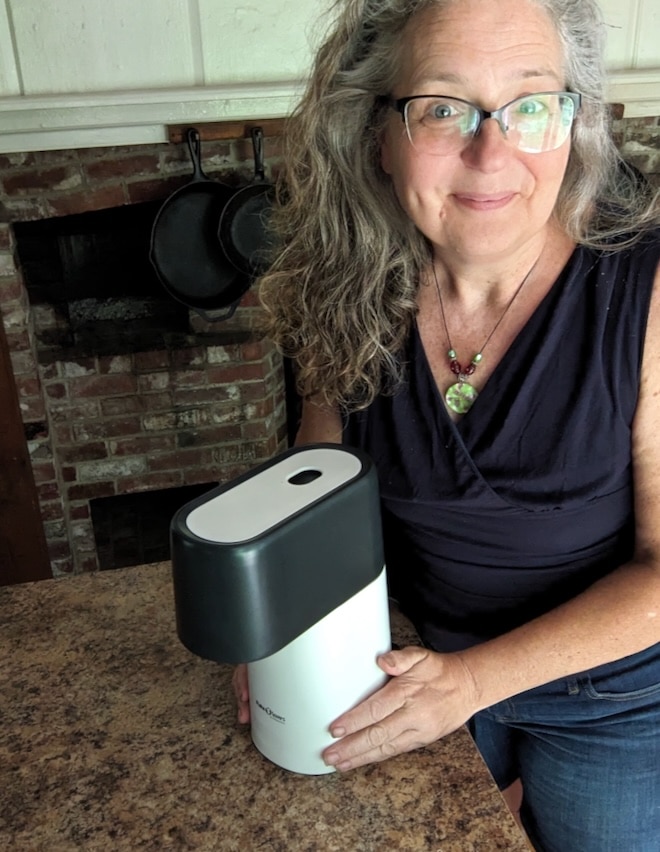
How to use an oat flaker
My life changed dramatically when I started milling my own flour. I had a similar life-changing experience when I got my oat flaker and started rolling all my own oats.
Turns out, just like fresh milled flour, freshly flaked oats are so much more nutritious than their commercial rolled-months-ago-counterparts. And although learning to use my oat flaker was a much smaller learning curve than learning to use my grain mill, it still had a learning curve. But it turns out, it’s really simple.
- Decide which oat flaker is best for you. The two main options for oat flakers are manual (hand crank-style) or electric (pour the oat groats in and wait for it to do its thing). I chose to go with an electric oat flaker, which I adore. Learn more about my oat flaker here.
- Source oat groats. I personally order mine from Azure Standard because they’re the best price I can find, while also the best quality. Azure Standard is my all-time favorite independent food supplier. If it’s your first time placing an order of $100 or more, use code SOULYRESTED to save 15% OFF your entire order! (My favorite items to pick up from Azure are listed here.)
- Decide if you want to moisten your oat groats or not. If the look and size of your oats is important to you, you might want to consider adding some moisture to help the groats flake better. Add roughly 1 teaspoon of water per cup of oat groats and let sit overnight. Oat groats can definitely be flaked without any additional moisture (aka the way I usually do it), but they’ll be a less uniform, picture-perfect end product.
- Turn your oat flaker on, add in the oat groats, and watch your homemade rolled oats shoot out into your bowl. It’s truly that simple.
Oat flakers shouldn’t need to be cleaned, and certainly shouldn’t ever be moistened or submerged in water. My Mockmill oat flaker can be taken apart to brush off the rollers when needed. (I had to do that when I ran a too-moistened grain through my flaker and slightly gummed up the rollers. Learned my lesson.)
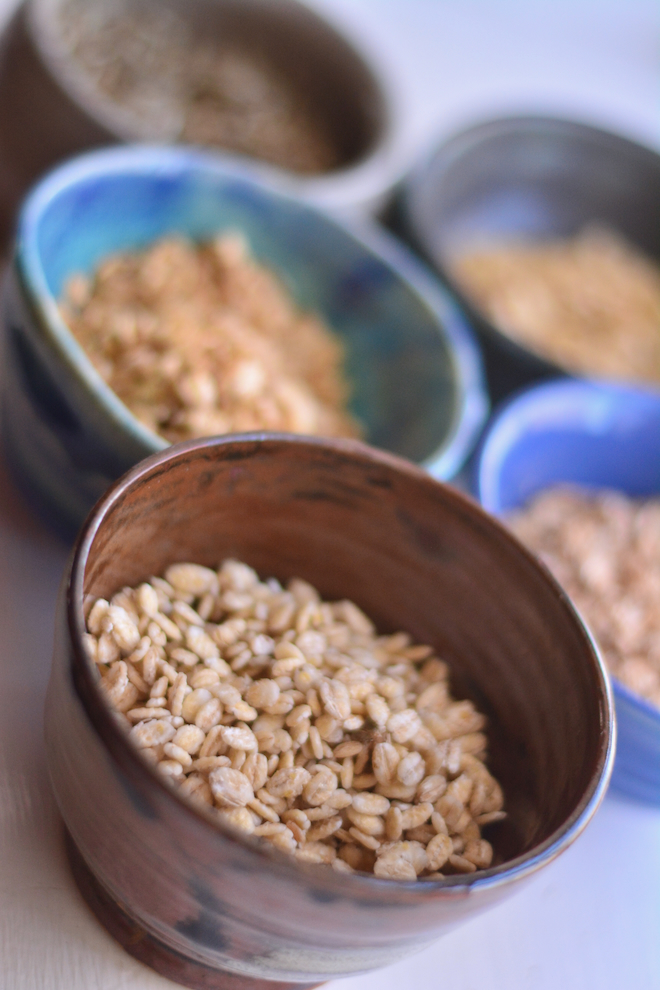
How to make rolled oats without an oat flaker
Technically, there’s more than one way to roll an oat. (That sounded weird…)
And although I absolutely adore my oat flaker and personally think it’s well worth the investment for a good machine, I know that not everyone has the budget or kitchen space for another appliance. So let’s go over a few ways you can try to roll oats at home without an oat flaker.
- I’ve heard of folks who have rolled oats by simply rolling them with a rolling pin. I would assume that’s rather laborious and time consuming, but I suppose it could be done. You’ll definitely want to moisten your oats (1 teaspoon of water per cup of oats, soaked in a container overnight) before attempting this to make them easier to roll.
- You can also try rolling your oats through a hand-crank pasta maker if you have one. Again, you’ll want to moisten your oats before trying this.
- Use your grain mill to make not rolled oats, but cracked oats or oat flour. In some cases, this might give a recipe calling for oats the same flavor, just with a different texture. Make sure you only ever run WHOLE oat groats through your grain mill, though. Milling already rolled oats can gum up your mill.
What grains can be rolled into “oats?”
When I was writing Fresh Flour University, I knew I wanted to write a section about flaking grains. So I started researching what grains could be flaked, and I was surprised to learn how many of the grains that I already had in my pantry could be turned into not just flour but also flakes or rolled grains.
I was surprised even more by how (with the just right amount of added moisture), it was true. Almost every single grain I tried flaked beautifully. Obviously there was some trial and error with exactly how each grain liked to be flaked (some of them I wound up soaking then drying, others were great with just a spritz of water, and so on). But the end result was incredible.
Here are the grains that I successfully learned to flake:
- Oats (obviously)
- Kamut (learn exactly how to flake Kamut here)
- Barley
- Einkorn (instructions for flaking einkorn here)
- Hard red wheat
- Hard white wheat
- Soft white wheat
- Spelt
- Rye
- Buckwheat
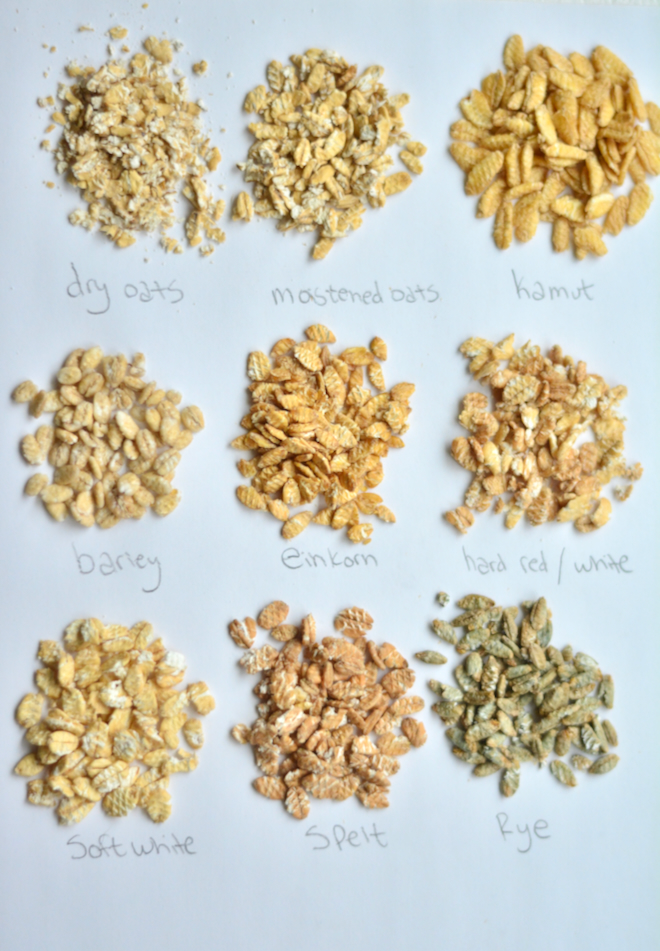
From my experiments, each one of these grains likes a slightly different amount of moisture in order to create a nice rolled/flaked texture. Maybe I’ll share the results of all my experimenting on the blog someday.
For now, exact instructions for flaking Kamut are in this post all about Kamut. And Einkorn flaking instructions here.
Or dive into Fresh Flour University and get it all, instantly–full instructions for flaking any grain as well as a 220-page workbook and 24 in-depth units that will have you choosing the right wheat berry for every cup of flour for every recipe and milling all your own flour like a pro. Use code SOULYRESTED to save.
My favorite flaked grains to work with and use in recipes turned out to be Kamut and Einkorn. The Einkorn flakes are so little and golden/buttery, and the Kamut are large, yellow flakes that make amazing granola (bigger flakes=larger, more textured “clumps” of granola!).
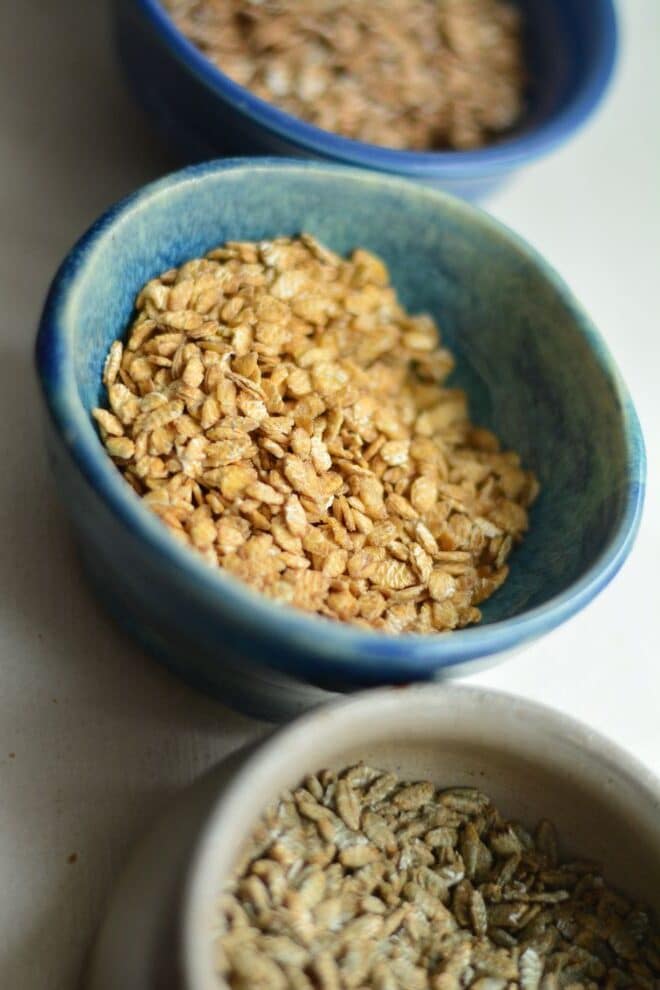
Where to buy oat groats
When I first learned about flaking oats and why making your own rolled oats is better, I was at a loss of where to purchase oat groats to make rolled oats from. Once you start looking, though, they can actually be pretty simple to find.
My favorite place to get my oat groats from is Azure Standard. If you don’t know about this family-run independent food supplier, find out what I really think about them here. Azure Standard is a food co-op that delivers organic, bulk foods at great prices to “drop” locations once month around the country. If you want to check it out, find a drop near you and use the code “soulyrested” to save 15% off your entire first order of $100 or more.
Certain large brands do sell oat groats in their whole form and you might be able to buy them at a “traditional” grocery store near you. Bob’s Red Mill, for example, does sell “wholegrain oat groats,” but they also sell steel cut oats, and those are more commonly found in stores. Don’t be confused, though, and grab steel cut oats. They won’t flake well.
There are a surprising amount of options for oat groats on Amazon. Like this one (smaller size) or this one (bulk size).
Also check your local natural food stores, especially if they have bulk bins. They’ll often have oat groats at a decent price.
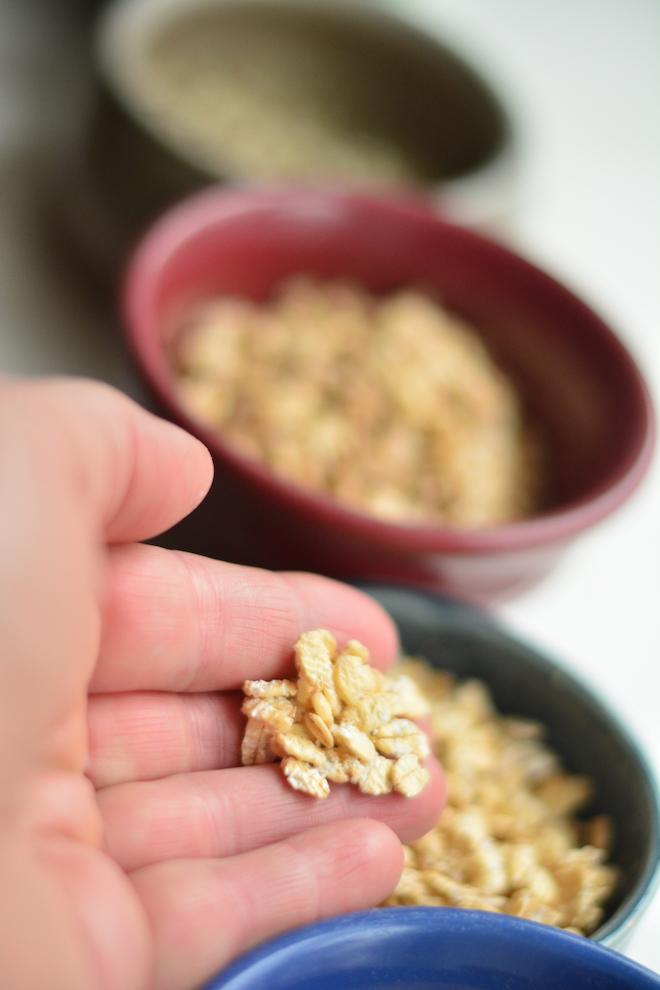
Why are freshly flaked oats different?
If you’re familiar with fresh milled flour, you know that wheat berries last virtually forever, with all of their nutrition locked up inside. Once you mill or crack or crush the wheat berry, those nutrients are oxidized, and loose their nutrients quickly. That’s because the oils inside the wheat berry are fatty and to rancid quickly. This is just one of many reasons why I mill my own flour.
Crazy enough, oats are very similar to wheat berries/fresh milled flour. Once the whole oat groat is processed into rolled oats, steel cut oats, or quick oats, the nutrients that were contained inside the oat groat are now exposed to air and go rancid. That means that oats are most nutritious the sooner you eat them after they’re rolled or processed.
The rolled oats sitting on the store shelves for, who knows, months–maybe longer? Unfortunately they’re just not going to contain the nutrition that they originally had.
How long do rolled oats made at home last?
Well, ideally your freshly rolled oats will be eaten as soon as possible after processing.
But that’s not to say you can’t keep oats at all. If you made too many rolled oats, simply store them in a jar or container at room temperature. If you’re going to be keeping them longer than a week or so, consider storing them in the fridge or freezer to maintain more nutrients.
If you have an oat flaker, one of the benefits is having on-demand, freshly rolled oats when you need them. Take advantage of that and try to only roll as many oats as you need each time.
How to make rolled oats
Equipment
- oat flaker
Ingredients
- oat groats
- water, if desired
Instructions
- OPTINAL: soak your oat groats with 1 teaspoon of water per cup of groats in a ziploc or airtight container overnight. Make sure the groats aren't noticeably wet before putting them into your flaker--they should be just very slightly damp.
- Pour your oat groats into your oat flaker, making sure you don't overfill the hopper or it can jam if it's too full.
- Place a bowl under where the oats will come out, turn the flaker on, and wait for the magic of freshly rolled oats.
- Use your freshly rolled oats in any way you'd normally use oats--granola, oatmeal, in cookies or breads.
What I use to make rolled oats
Some items linked on this page are sourced from my all-time favorite independent food supplier. If it’s your first time placing an order of $100 or more be sure to use code SOULYRESTED to save 15% OFF your entire order! (My favorite items to pick up from Azure are listed here.)
More like how to make rolled oats (with an oat flaker) & why you should:
- Why I mill my own flour
- Learn more about my oat flaker here.
- How to store wheat berries 101
- Whole wheat pumpkin muffins (recipe)
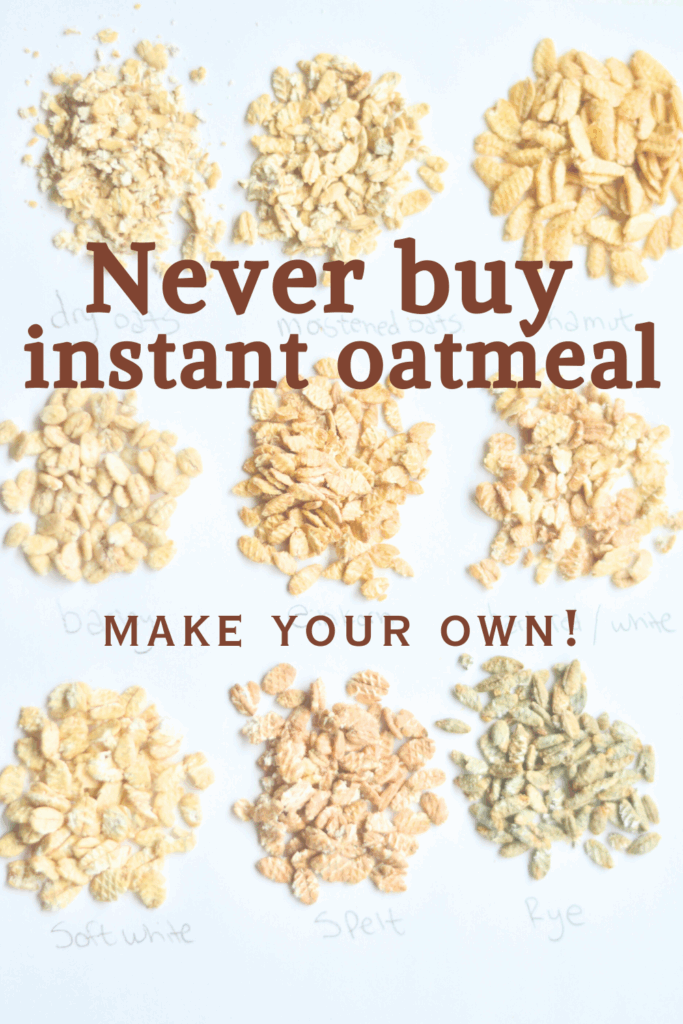

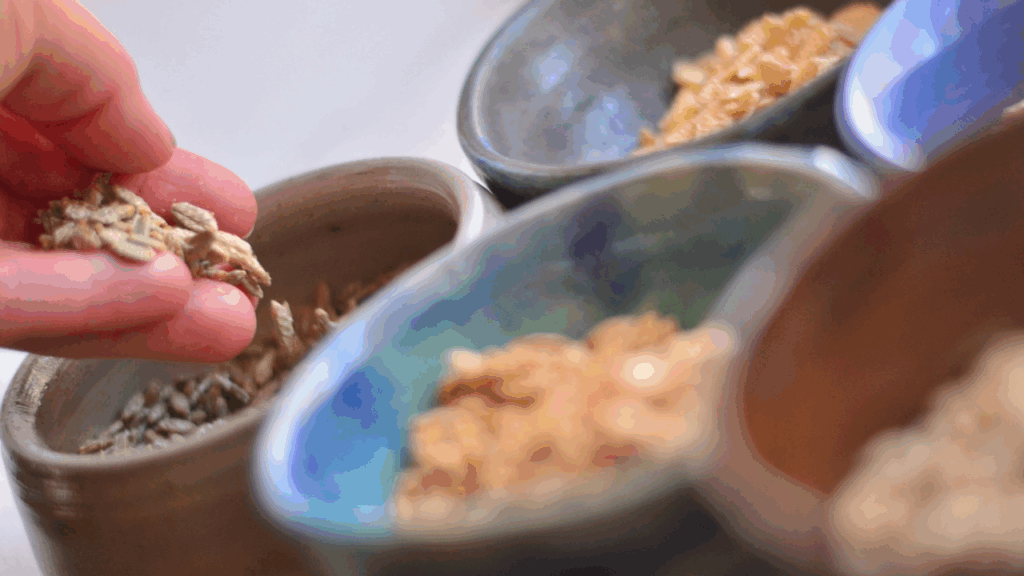
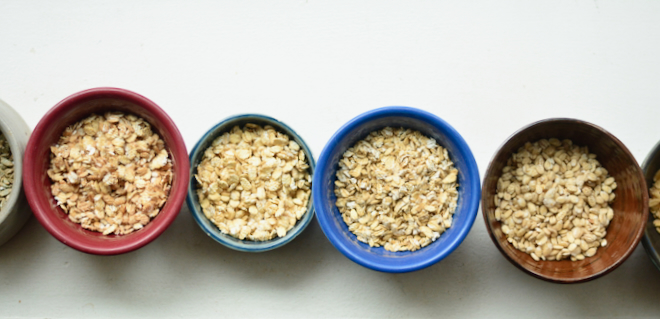
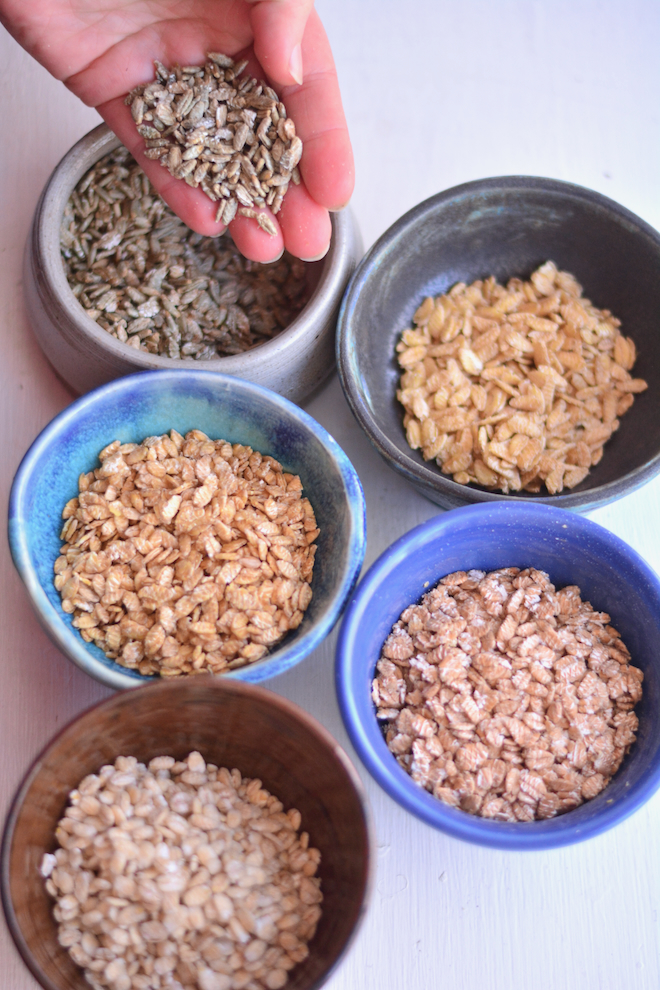
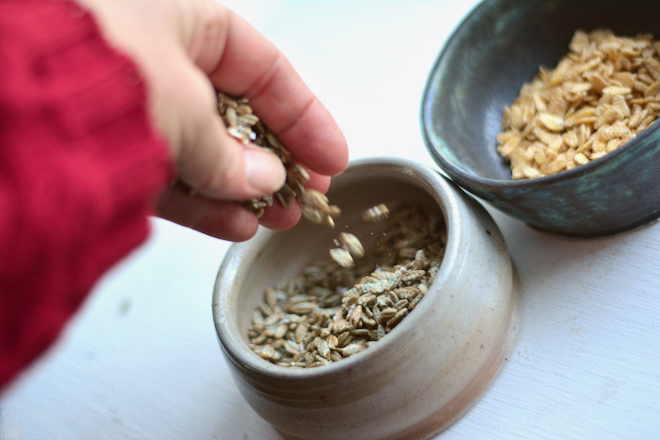
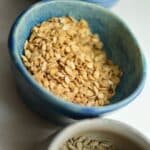


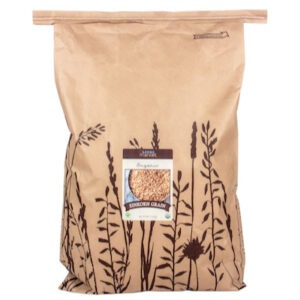
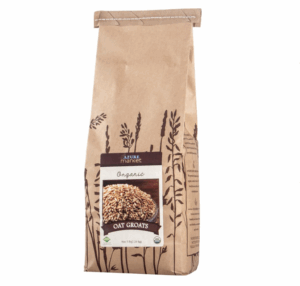
Wow, I never knew there was such a thing. This a wealth of great information! I can only imagine how all my recipes made with oats would be so much better this way.
I’ve never heard of an oats flaker!! So interesting to learn about ☺️
Such great info! Now that I know I can flake more than just oats, maybe I’ll make the investment sooner. I would hate having an entire appliance (let alone the pricetag) for just making one thing – oatmeal. I really like the idea of flaking other grains for granola!
Oh NO! Now I need an oat flaker asap!
I’ve also never heard of an oat flaker. Would love to try this if it’s ever in our budget to do so.